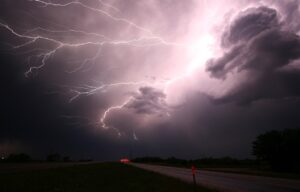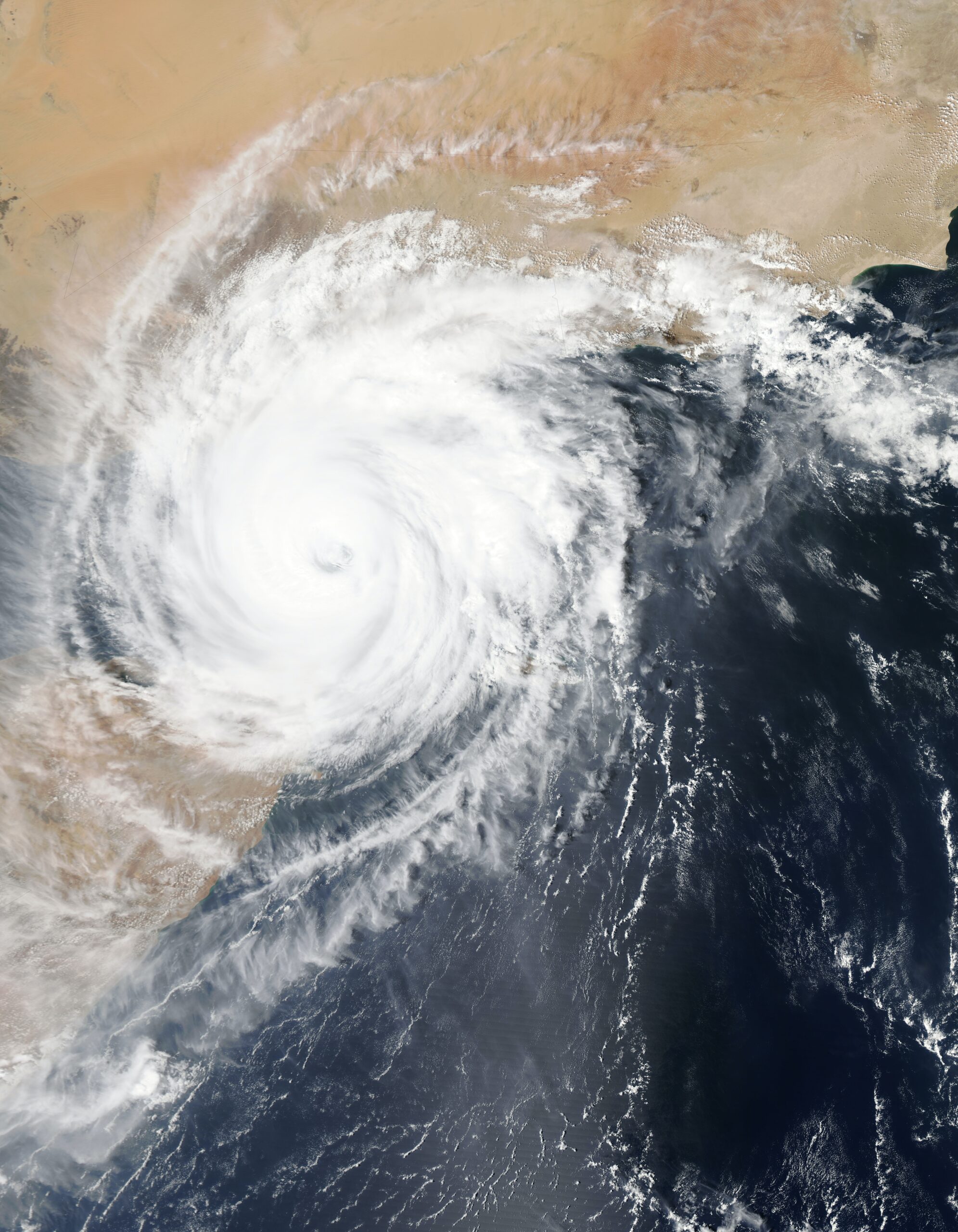Hurricane recovery efforts, the immediate aftermath can be overwhelming and chaotic. It’s important to stay calm and take the necessary steps to ensure your safety and begin the recovery process. Whether you’ve experienced Hurricane Ian or Hurricane Ida, here are some essential tips to help you navigate the post-hurricane period.
1. Assess the Damage
- Hurricane safety
Once the storm has passed and it’s safe to do so, carefully assess the damage to your property. Check for any structural damage, fallen trees, or downed power lines. Take photographs or videos of the damage as evidence for insurance claims.
2. Ensure Personal Safety
Put on protective clothing, such as gloves and boots, before handling any debris. Be cautious of potential hazards, such as broken glass, sharp objects, or exposed electrical wires. Avoid standing water, as it may be contaminated or hiding dangers.
3. Contact Authorities and Insurance
Report any significant damage or hazards to the local authorities and your insurance company. Follow their instructions and provide them with all the necessary information for your claim. Keep track of all communications and document any repairs or expenses.
4. Secure Your Property
Take steps to secure your property to prevent further damage. Cover any broken windows or roof openings with tarps or boards. Remove debris from gutters and drains to prevent water buildup. If necessary, hire professionals to assist with temporary repairs.
5. Document Losses
Make a detailed inventory of all damaged or lost items, including their approximate value and purchase date. This will help with insurance claims. Keep any receipts or proof of purchase for expensive items.
6. Be Cautious of Scams
Unfortunately, disasters can attract scammers looking to take advantage of vulnerable individuals. Be wary of unsolicited contractors or repair services. Always verify credentials and ask for references before hiring anyone. If something seems too good to be true, it probably is.
7. Seek Assistance


If you’re unable to safely handle the cleanup or repairs yourself, reach out to local disaster relief organizations or government agencies for assistance. They can provide resources, volunteers, or temporary housing if needed.
8. Take Care of Your Health
Disasters can take a toll on your physical and mental health. Take breaks, stay hydrated, and get enough rest. Seek medical attention if you experience any injuries or illnesses. Reach out to support networks, friends, or family members for emotional support.
9. Prepare for Power Outages
In the aftermath of a hurricane, power outages are common. Have a supply of flashlights, batteries, and non-perishable food items on hand. Use generators or alternative power sources safely and follow manufacturer’s instructions.
10. Stay Informed
- recovery and safety
Stay updated on the latest information from local authorities and emergency management agencies. Listen to weather alerts, evacuation orders, and road closures. Use reliable sources for information and avoid spreading rumors.
Remember, recovering from a hurricane takes time and patience. Reach out to your community for support and stay positive. With proper precautions and assistance, you can rebuild and move forward after the storm.
Recovery efforts after a hurricane are essential to help affected communities rebuild and return to normalcy. These efforts involve a coordinated response from government agencies, nonprofit organizations, volunteers, and the affected individuals themselves. Here is an overview of the key steps and components of recovery efforts after a hurricane:
- Assessment and Damage Evaluation:
- Immediately after the hurricane passes, emergency responders assess the extent of the damage. This includes evaluating the impact on infrastructure, homes, businesses, and public facilities.
- Search and Rescue:
- Search and rescue operations are launched to locate and rescue individuals who may be trapped or injured due to the storm. This is a critical early-stage effort.
- Emergency Aid and Shelter:
- Providing immediate relief to those affected, including food, water, medical care, and shelter, is a top priority. Emergency shelters are established for those who have been displaced from their homes.
- Restoring Basic Services:
- Restoring essential services such as power, water, and transportation is crucial for the recovery process. Utility companies and public works departments work tirelessly to repair infrastructure.
- Assisting Vulnerable Populations:
- Special attention is given to vulnerable populations, including the elderly, disabled, and those with medical needs. Evacuation plans and support services are provided for these individuals.
- Cleanup and Debris Removal:
- The removal of debris from streets and public areas is necessary to ensure safe access and facilitate recovery efforts. Contractors and local government crews are typically involved in this process.
- Community Support and Counseling:
- Mental health and counseling services are offered to help individuals and families cope with the emotional impact of the disaster. Support groups and crisis hotlines may be established.
- Assistance for Homeowners and Businesses:
- Government agencies and organizations like the Federal Emergency Management Agency (FEMA) provide financial assistance and resources to homeowners and businesses affected by the hurricane. This may include grants, low-interest loans, and insurance claims support.
- Infrastructure Repair and Reconstruction:
- Rebuilding damaged infrastructure, including roads, bridges, schools, and hospitals, is a long-term effort. This often involves federal, state, and local government collaboration.
- Economic Recovery:
- Supporting the local economy is crucial for long-term recovery. Programs to assist businesses, job training, and workforce development initiatives can help communities rebuild their economic base.
- Environmental Remediation:
- Hurricanes can result in environmental damage, such as oil spills or hazardous materials releases. Cleanup and remediation efforts are undertaken to protect the environment.
- Preparedness and Mitigation:
- In the aftermath of a hurricane, there is often increased emphasis on preparedness and mitigation measures to reduce the impact of future storms. This includes updating building codes, improving flood control systems, and public education on disaster preparedness.
- Volunteer and Community Engagement:
- Volunteers and community organizations play a significant role in recovery efforts. They help with everything from distributing supplies to rebuilding homes.
Recovery after a hurricane can take months or even years, depending on the severity of the storm. It requires a multi-faceted and sustained effort from government agencies, nonprofits, businesses, and the affected communities themselves to ensure a successful recovery and a more resilient future.
